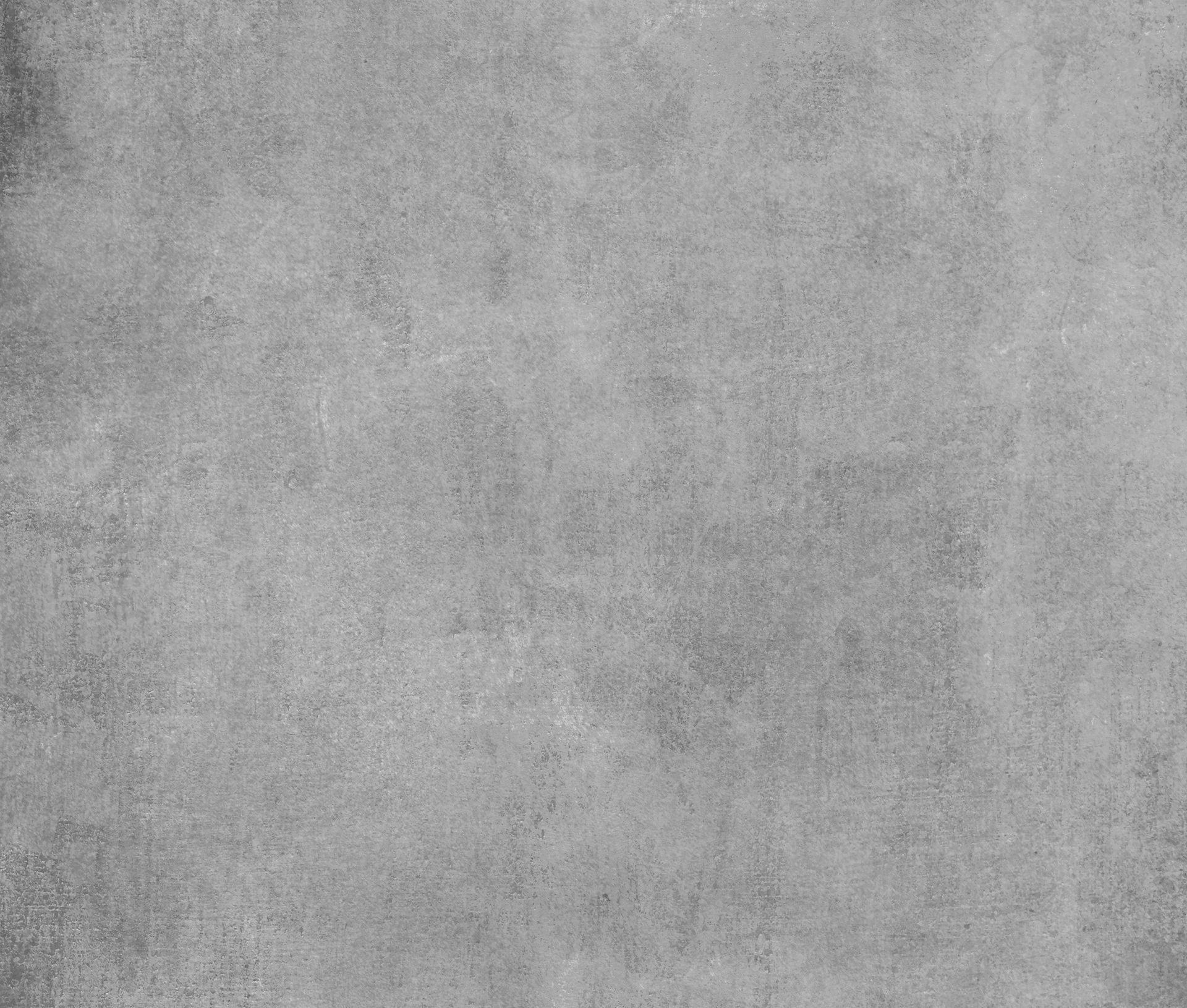Dòigh Nàdair ~ The Way of Nature
- PROTYUSH_DESIGN 42

- Aug 18, 2022
- 3 min read
Two recent incidents sparked the idea for this blog; one involving Amruta, a student from way back in my teaching career, and the other involving Aishee, one of my present students. Amruta, settled for a long time in the US, could finally visit the fabled “Falling Waters” by the legendary Frank Lloyd Wright (F.L.W.). As expected, she had an exciting, mesmerising, and humbling experience. Aishee, on the other hand, posed a philosophical question. She was composing an essay for a competition and had the topic “Human existence without Architecture”.
After long discussions with both my students an image got stuck in my head- a triangle with Nature, Human, and Architecture as its three vertices. Much has been said (and written) about this topic, and a lot has been done too. Perhaps because the connection between the three is as old as civilization itself. However, much remains to be done, and I believe we can achieve it with a simple shift in perspective.
Amruta’s excited description of her visit inspired me to pull out, dust, and read the books I have on F.L.W. to once again study his works. I read through some of the essays written about him, as well as by him. The legend loved and revered nature. Hence all his country houses portray the best of both worlds- Nature’s and ours. They were designed to become a rich composition, always representing the complete harmony that he visualised in the context of human’s relationship with Nature.
A question, however, kept bugging me as I read further: Nature remains in focus while designing when it is already present. What happens if it is not? I again found guidance in F.L.W. “… tread as lightly as nature would if she were to be present at your site”. Given the present issues of climate change, technological advancements, and the irreparable damage caused to Nature through mindless constructions- how would the great master have responded?
I feel that to tread lightly is to make an effort to be light on energy, both in the embedded form of the building and for its operation. The best way to achieve that is to respond to Nature passively. I suggest a three-pronged approach.
1. The obvious choice of building materials. The natural resources available in a geographic region have always shaped the choice of building materials throughout the history of humankind. This careful selection, rooted in the vernacular architecture, has always been climate responsive to make the space habitable.
2. The other approach is a more detailed one. From the time we started building to shelter ourselves from the harshness of Nature, we have also kept evolving in the planning of space and the techniques of building it in a way that Nature can be beneficial to us. Methods and ideas that come tested through time have evolved from rational concepts, with a strong scientific rationale. All we need is to understand how and why they work through a reverse engineering process. If modern technology can be used to implement these vernacular solutions/ principles, it can be expected that our structures would function in perfect harmony with their natural surroundings.
3. The last one is purely a planning approach. Space, i.e. physical space, is a product of Nature too. Planning this priceless expanse involves becoming adaptive enough, to change with minimal efforts to accommodate the various mutually exclusive functions of a space. Let’s say, you can read a book on a living room sofa and sleep in a separate bedroom. But if these spaces are combined to create one cosy corner, you can just fall asleep in the same place while reading. This approach needs the consent and co-operation of both the parties involved- the client and the architect. An approach such as this will free up the available built-up area, where, with prudent planning, we may bring in nature, making it an integral part of our living.

House in Regensburg, Germany; Thomas Herzog; 1977-79

Our history on this planet has been a short one; whereas, Nature has always been the constant. For us to live in harmony with her entails building structures that are in sync with her rhythms. I can only hope that the young torch bearers of this noble profession learn never to disregard Nature when they build.
P.S.
Dòigh Nàdair ~ The Way of Nature is an old Gaelic phrase.
Illustrations inspired from photographs taken by Richard Schenkirz.



Comments